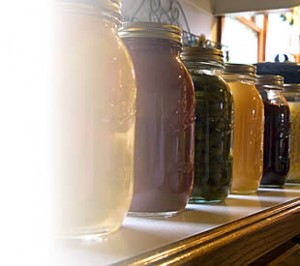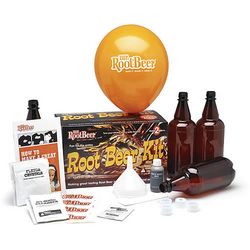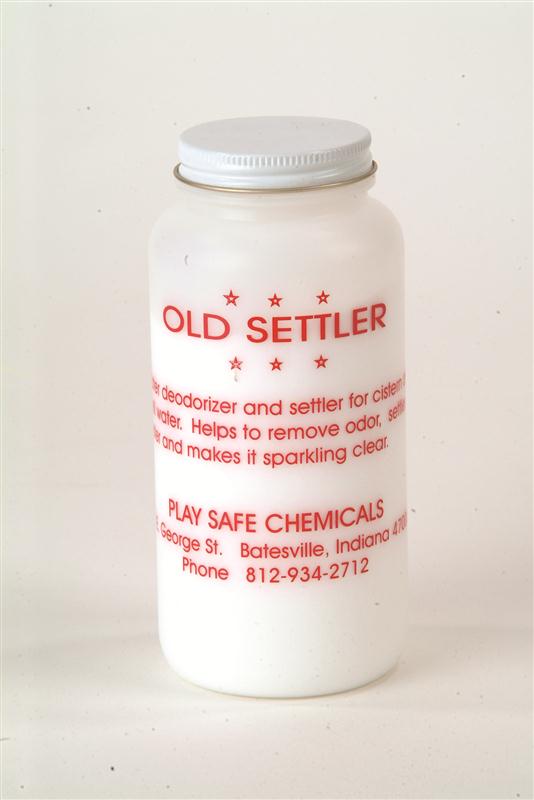
I belong to a group that works on community resilience in the face of climate change. At our last meeting, the subject of water came up. Now I live in the northeast and, generally, water is not a problem. Too much water can be an issue but not having access to water is rarely on my radar screen. Our land is bordered by a small stream and a larger river. It would be work but I could always get water. Clean water is another issue.
The headwater to the river is only a few miles from my house and there isn’t anything of consequence between here and there so pollution isn’t a problem. Still, animals die and defecate and campers are sometimes irresponsible with wastes so one has to assume that any water source, wherever it’s located, is contaminated. So how would I plan to purify my water?
What To Use?
I have a stock of simple filters. In a pinch, a good filter can be made from a wide-mouth funnel, (or the top of a two-liter soda bottle) and a wad of cheesecloth or even a clean, cotton sock. This will filter out the obvious particulate matter so the water will look clean.
Lurking in the cleanest-looking water however is the stuff of major illness, at a time when medical care might be hard to access. For potable water, you need to kill bacteria, either chemically or with heat or a filter. If the sun is shining you can sanitize water in a solar set-up. You can also boil it but that uses a lot of fuel and you may be trying to conserve fuel.
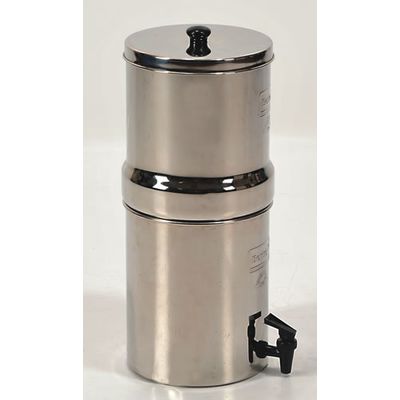
The solution is to get a good-quality filtering system. I’m looking at Katadyn or Berkey Water Filtering System. They are both a bit pricey but how much is water security worth?
The plus side is that these are the top of line in terms of ease and efficiency and they filter a lot of water. One set of filters will provide 4 gallons of water an hour and up to 1000 gallons of water over the life of the elements. Replacement filters are also available.
The down side, besides the price, is that they’re pretty big. But if you have water with lots of sediment, and you want the biggest yield of purified water, a filter is the the only way to go. You could compromise and get a smaller system for short term use.
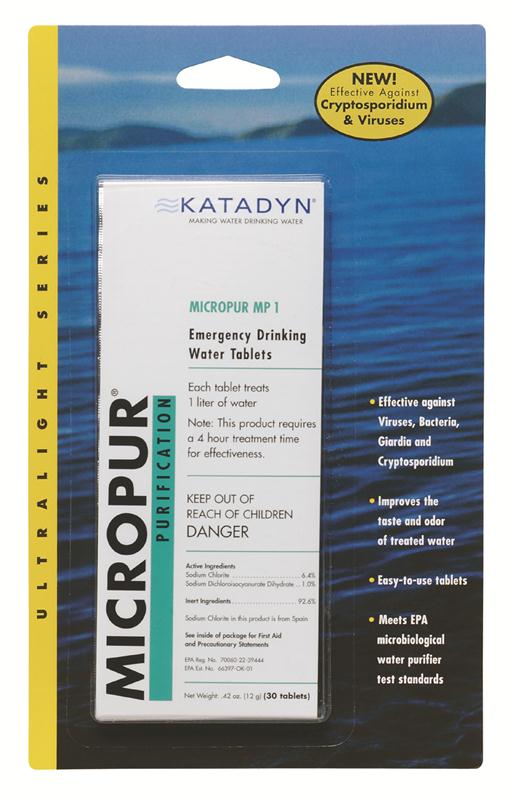
In A Pinch
For short term emergency use–in a power outage after a storm, for instance, you can also purchase water purification tablets or even common household bleach. Both work well on water that has no sediment. Each will kill viruses and bacteria present in the water. You definitely want these in your preparedness kit.
You can store water but it’s really not easy. Water is heavy and bulky and you need a lot more than you think for everything from washing dishes and clothing and flushing the toilet. It’s a good idea to take some time and check out your sources for water before a power outage or other emergency leaves you dry. There is water in your home in the pipes and in your hot water tank. The water in a water bed has been treated and cannot be consumed although you could flush with it.
If you are concerned with water resilience, you should get a copy of The Home Water Supply Book for everyday advice. There are all sorts of websites and articles about preparing ‘water stock’ for emergency situations too. Don’t turn your nose up at online sources, like the various preparation lists on the American Red Cross website. They’re downloadable, and easy to follow. Knowledge is power and we can never have enough.


